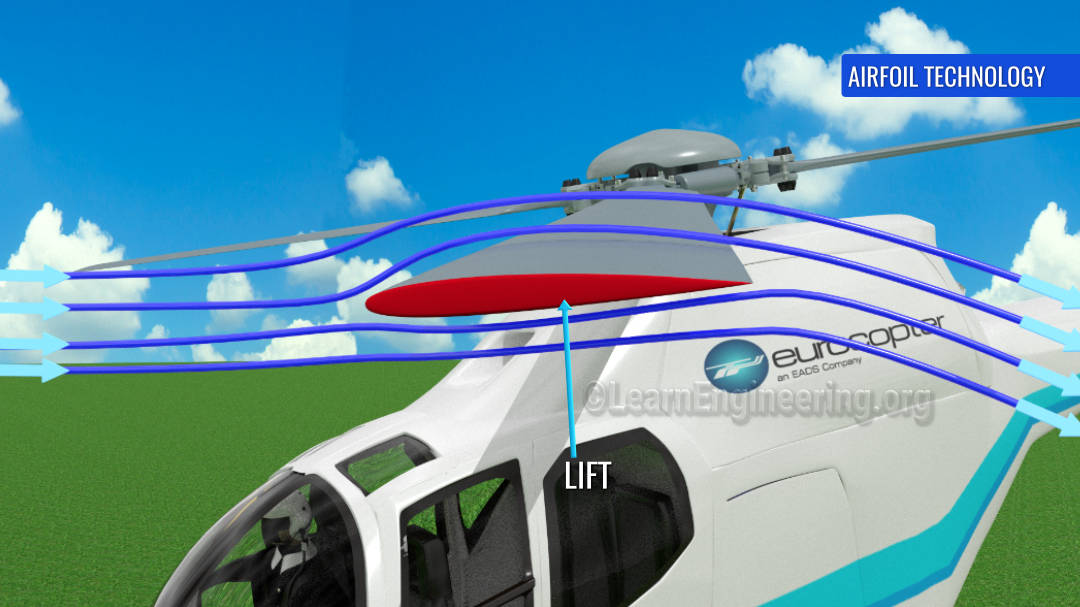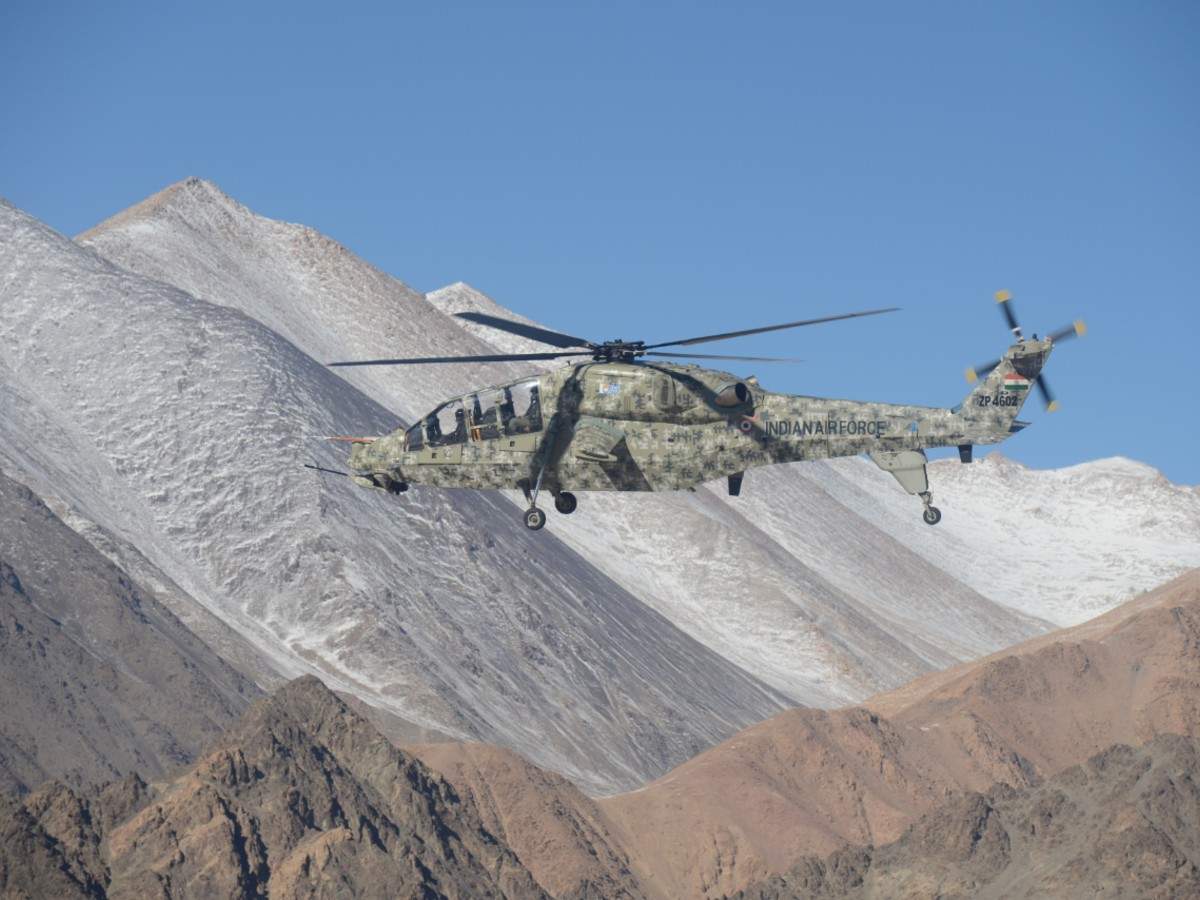Table of Content:-
- Intro
- Birth
- How it Works
- Conclusion
Intro
A helicopter is a type of aircraft that is capable of vertical takeoff, hovering, and vertical landing. Unlike fixed-wing aircraft, helicopters have a main rotor that provides lift and propulsion, allowing them to fly in any direction, including backwards and sideways.
They are typically used for a variety of purposes, including military operations, search and rescue, emergency medical services, firefighting, and transportation of people and cargo. Helicopters are very versatile and can access areas that are difficult or impossible for other aircraft to reach.
Birth
 |
| Fig:- Bamboo Copters |
One of the earliest known attempts at vertical flight dates back to the Chinese in the 4th century AD, who developed a toy called the "bamboo-copter" that used a rotor to spin and rise into the air. Centuries later,In the 15th century, Leonardo da Vinci sketched designs for a vertical flight machine that resembled a helicopter, although it was never built.
 |
| Fig:- Igor Sikorsky VS-300 |
During the 1930s, significant progress was made in the development of practical helicopters. In addition to Igor Sikorsky's VS-300, several other notable helicopters were developed during this time period.
 |
| Fig:- Gyroplane Laboratoire |
| Fig:- Focke-Wulf Fw 61 |
In 1936, Frenchman Louis Breguet flew the Gyroplane Laboratoire, a helicopter that used rotor blades to lift off and land, but relied on conventional wings for forward motion. The same year, the German Focke-Wulf Fw 61 became the first fully controllable helicopter to fly, with its twin rotors arranged in a side-by-side configuration.
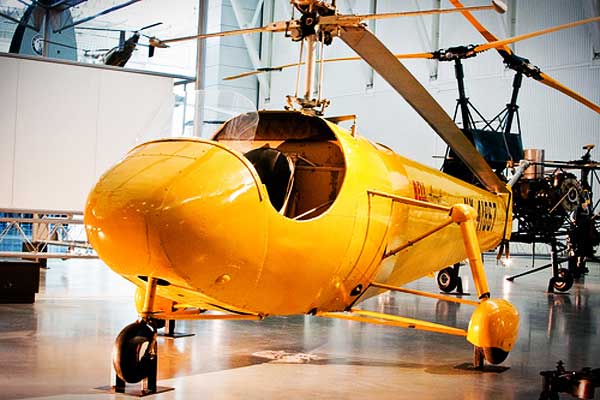 |
| Fig:- Bell Model 30 |
In the United States, Arthur Young designed and built several successful helicopters, including the Bell Model 30, which became the first helicopter certified for commercial use in 1946. Young also developed the Bell 47, which became one of the most successful helicopters of the 1940s and 1950s and was used extensively for civilian and military purposes.
The 1950s and 1960s saw further advances in helicopter technology, including the development of turbine engines, which greatly improved performance and reliability. Helicopters became increasingly important for military operations, particularly during the Vietnam War, and were also used for a wide range of civilian purposes, such as search and rescue, firefighting, and oil exploration.
How it Works
A helicopter works by using its main rotor to generate lift and propulsion. The rotor is a large, horizontal rotating wing that provides lift by creating a difference in air pressure above and below it, similar to the way that the wings of an airplane create lift.
The rotor is powered by an engine, which also drives a tail rotor or other anti-torque system that keeps the helicopter from spinning in the opposite direction of the main rotor.
To take off, the pilot increases the engine power, causing the rotor to spin faster and generating enough lift to lift the helicopter off the ground. By tilting the rotor in the desired direction, the helicopter can move forward, backward, or sideways. To hover in place, the pilot adjusts the rotor speed and angle to maintain a steady altitude.
Controlling a helicopter is a complex task that requires skilled pilots and sophisticated flight control systems. In addition to the main and tail rotor controls, a helicopter has other flight controls, such as collective and cyclic controls, which are used to adjust the pitch of the rotor blades and the angle of the rotor disk to control altitude and direction.
1. Tandem Rotor
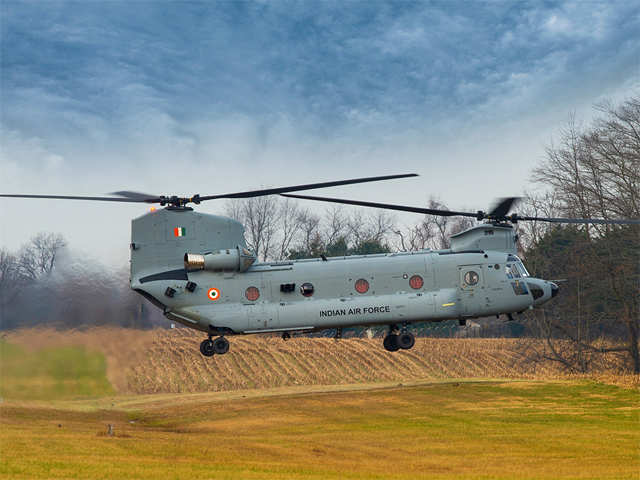 |
| Fig:- IAF's Chinook Helicopter |
A tandem rotor system in a helicopter uses two rotors mounted in front of each other. They rotate in opposite directions to provide stability, lifting capacity, and maneuverability. Tandem rotor helicopters are commonly used for military transport and heavy lift operations. ex-Chinook.
2. Transverse Rotor
 |
| Fig:- Transverse Rotor |
It is a pair of Counter-Rotating Rotors transversely mounted at the ends of fixed wings or outrigger structures. Now used on tiltrotors, some early model helicopters had used them.
3. Coaxial Rotor
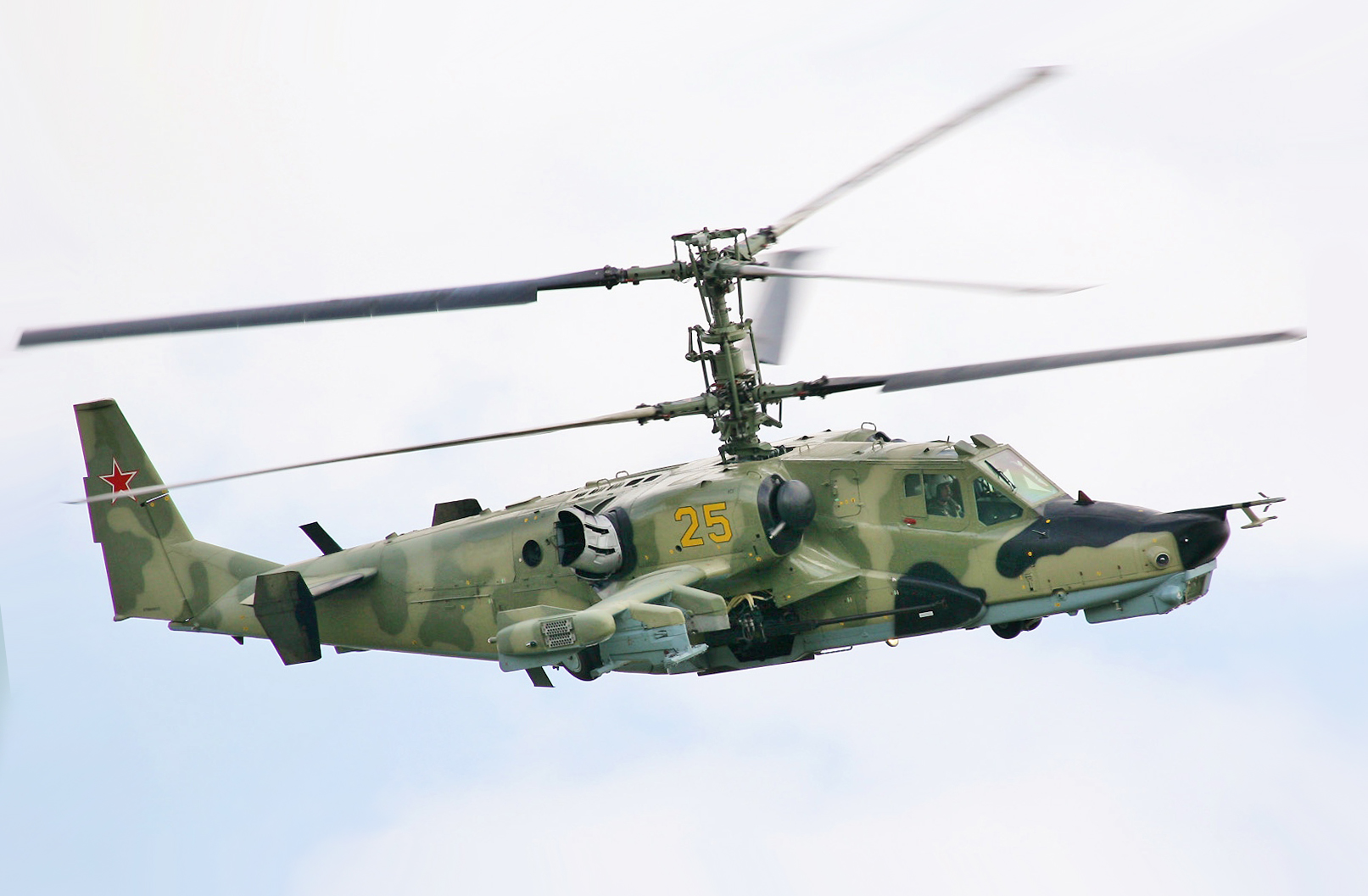 |
| Fig:- Kamov ka-50 |
Two Counter-Rotating Rotors mounted one above the other with the same axis.
4. Intermeshing Rotor
.jpg) |
| Fig:- Intermeshing Rotor |
Two Counter-Rotating Rotors mounted close to each other at a sufficient angle to let the rotors intermesh over the top of the aircraft without colliding.
Conclusion
Helicopters are amazing flying machines that can do all sorts of cool things! They're like big, powerful birds that can take people and things up into the sky and move them around really quickly.
 |
| Fig:- Heli Taxi Service |
One of the most common uses of helicopters is for transportation. They're often used to fly people and supplies to hard-to-reach places, like mountaintops, remote islands, or areas with rough terrain.
Another cool thing about helicopters is that they're often used for search and rescue missions. If someone is lost or injured in a hard-to-reach area, a helicopter can fly in and quickly get them to safety. They are also used to fight wildfires or other natural disasters by dropping water or supplies from the air.
Helicopters are also used for fun activities, like sightseeing tours, skydiving, and even filming movies! They're great for getting a bird's-eye view of the world and experiencing the thrill of flying.
Overall, helicopters are really versatile machines that can be used for all sorts of important tasks and exciting adventures!

